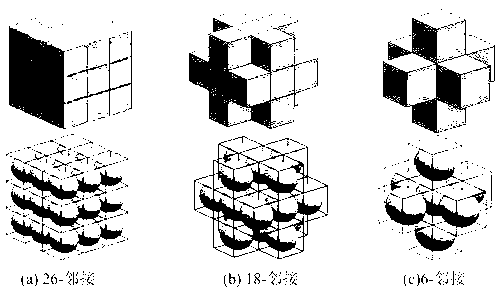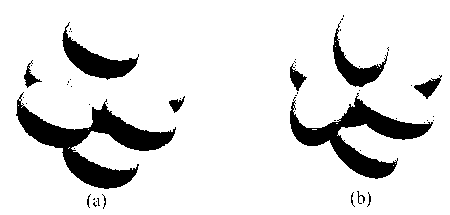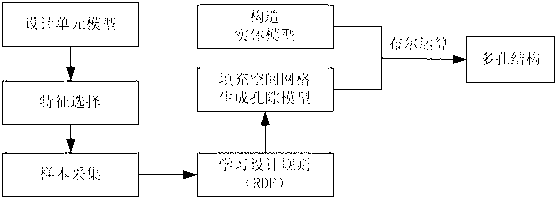Sample learning-based porous media modeling method
A technology of porous media and modeling methods, applied in the field of porous media modeling based on sample learning, can solve problems such as practical limitations, lack of design rules, and inability to reflect design goals
- Summary
- Abstract
- Description
- Claims
- Application Information
AI Technical Summary
Problems solved by technology
Method used
Image
Examples
Embodiment 1
[0078] This method is based on sample learning to design porous structures, and the implementation process is as follows: image 3 As shown, the operation steps are as follows:
[0079] (1) Designing the cell model includes determining the shape of the pores and designing the structure of the cell model.
[0080] In order to obtain a porous structure closer to the natural form, the present invention uses a spheroid as the pore shape. In the case of meeting the requirements of modeling pore size, an ellipsoid with a larger ratio of the major axis radius to the minor axis radius is selected so that the established porous structure has a larger specific surface area and good flow field characteristics.
[0081] The spheroid is filled in the regular hexahedral grid with 6-adjacency relationship as a pore unit model, and the body center of the regular hexahedral grid is used as the spherical center of the ellipsoid. According to the pore requirements of the modeling, the side len...
Embodiment 2
[0090] This embodiment is basically the same as Embodiment 1, and the features are as follows:
[0091] 1. The bone in the human body is a typical porous medium structure. With the development of bone tissue engineering, the modeling of artificial bone scaffolds has received more and more attention. Porosity and pore connectivity are two important parameters to evaluate the performance of artificial bone scaffolds. Due to the lack of effective design rules, how to control the connectivity of artificial bone scaffolds is less studied in the current research. Therefore, the above modeling method is used here to establish a bone scaffold model with controllable porosity and pore connectivity, and to verify the feasibility and reliability of this method.
[0092] The human skeleton is composed of about 80% compact bone and about 20% cancellous bone, and the porosity of cancellous bone is generally about 90%. The porosity of the artificial bone scaffold model is generally requir...
PUM
| Property | Measurement | Unit |
|---|---|---|
| Base radius | aaaaa | aaaaa |
| Average pore diameter | aaaaa | aaaaa |
Abstract
Description
Claims
Application Information
 Login to View More
Login to View More - R&D
- Intellectual Property
- Life Sciences
- Materials
- Tech Scout
- Unparalleled Data Quality
- Higher Quality Content
- 60% Fewer Hallucinations
Browse by: Latest US Patents, China's latest patents, Technical Efficacy Thesaurus, Application Domain, Technology Topic, Popular Technical Reports.
© 2025 PatSnap. All rights reserved.Legal|Privacy policy|Modern Slavery Act Transparency Statement|Sitemap|About US| Contact US: help@patsnap.com



